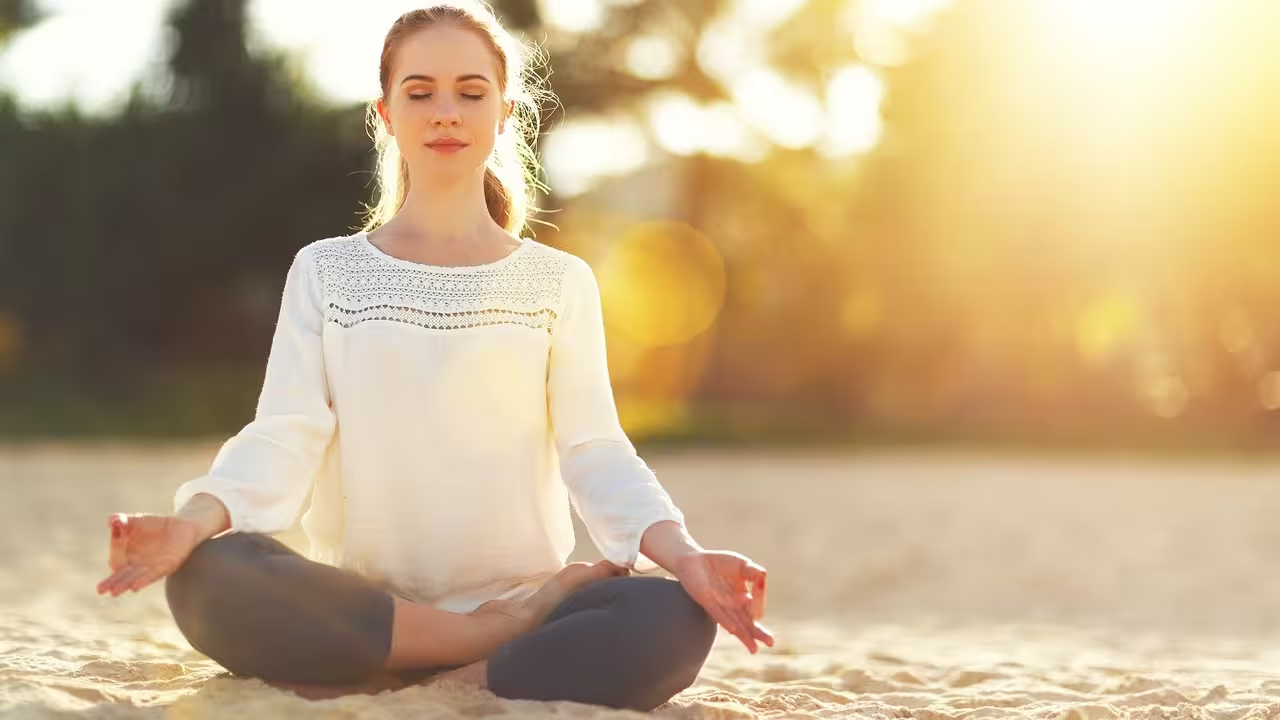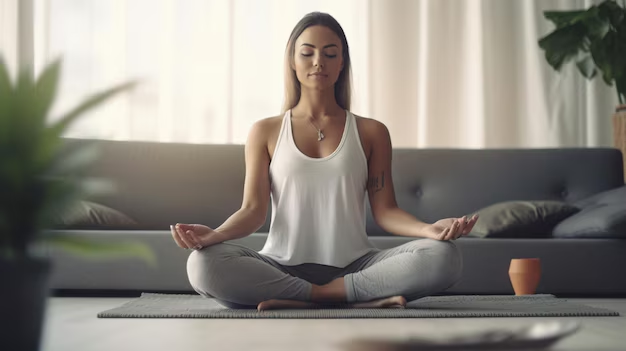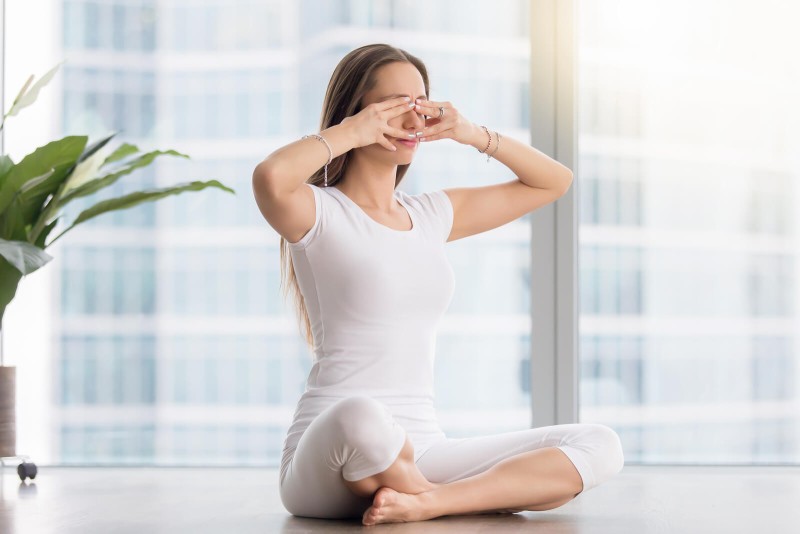Being aware generally refers to being present in the moment. It entails being aware of your emotions and experiences without making quick decisions or acting hastily. Guide To Wellness And Mindfulness Instead of being disengaged and just going through the motions without knowing why you're doing a certain way, it enables you to take your time and think things through.
Tai chi, qi gong, yoga, and meditation are a few techniques that people utilize to develop mindfulness. According to the American Psychological Association, practicing mindfulness can be advantageous for psychologists as well as their clients.
The difficult job of teaching us how to breathe, live, and be present in the moment has been taken on by these blogs. Check out their enlightening blogs if you're seeking greater tranquility and clarity in your life.
Mindfulness Made Easy: Your Ultimate Guide to Wellness
What is "well-being"?
Well-being is described by the government as "a positive physical, social, and mental state." For our purposes, mental health is the main topic. Although there isn't a single, accepted definition of mental health, it does include things like:
- The capacity to manage life's ups and downs, including overcoming obstacles and seizing opportunities
- the sensation of self-satisfaction and ability to perform successfully on our own or in relationships
- The sense of belonging to our surroundings and communities
- Being in charge of and free from our lives
- being driven and feeling appreciated. Of course, having a healthy mental state does not entail perpetual happiness or the absence of unpleasant feelings that are a natural part of life, such as loss, disappointment, or grief. Nonetheless, mindfulness can enhance your wellness and help you live a psychologically healthy life regardless of your age.
Of course, having a healthy mental state does not entail perpetual happiness or the absence of unpleasant feelings that are a natural part of life, such as loss, disappointment, or grief. Nonetheless, mindfulness can enhance your wellness and help you live a psychologically healthy life regardless of your age.
Mindfulness: What is it?
Using methods like breathing, yoga, and meditation, mindfulness is a means to focus on the here and now. It makes us more cognizant of our thoughts and emotions, enabling us to better control them rather than allow them to consume us.
Read also: The Benefits of Lifetime Wellness: A Guide to a Healthier You
In what ways might mindfulness be beneficial?
Managing your wellbeing and mental health can be accomplished with the help of mindfulness. Some refer to mental health as "well-being" or emotional health. Guide To Wellness And Mindfulness Everybody has moments when they feel depressed, anxious, or afraid.
Most of the time, these emotions pass, but occasionally they can turn into more significant issues that could affect anyone. Maintaining your mental health is crucial, but it goes beyond simply not experiencing any mental health issues. When mentally well, you are able to:
- Utilize all of your abilities.
- Adapt to life.
- Engage fully in your relationships with friends, family, coworkers and the community.
The field of mindfulness research is still developing, but preliminary findings point to the benefits of mindfulness for overall health and wellbeing, with positive effects on the mind, body, behavior, and relationships with others, among other aspects of whole-person health.
Numerous ailments, including stress, anxiety, depression, and addictive behaviors like substance abuse and alcoholism, as well as medical issues like hypertension, heart disease, and chronic pain, have also been linked to mindfulness.
Is practicing mindfulness right for me?
For certain people who suffer from typical mental health issues, including stress, anxiety, or depression, mindfulness is advised as a kind of treatment. It's also intended for people who just wish to enhance their general welfare and mental health.
There are various ways to acquire mindfulness, and depending on your goals, it can benefit people in different ways. Everyone can benefit from learning and practicing mindfulness, including adults, children, and youth.

How is mindfulness taught?
One can practice mindfulness face-to-face in a group setting or one-on-one with a certified mindfulness coach. You can learn by practicing on your own at home with books, audio, and online classes.
Despite the fact that mindfulness is thought to have its roots in Buddhism, anyone can practice mindfulness without regard to religion or spirituality.
Programs for stress reduction and psychological therapy have used mindfulness.
Cognitive therapy based on mindfulness (MBCT)
The National Institute for Health and Care Excellence (NICE) advises MBCT as a means of preventing relapse in recurrent depression.
It incorporates components of cognitive behavioral therapy with mindfulness practices, including breathing exercises, stretching, and meditation, to help disrupt the negative thought patterns that are typical of recurrent depression.
Stress Reduction Through Mindfulness (MBSR)
The goal of MBSR is to treat extended stress, which can result in poor mental and physical health.Guide To Wellness And Mindfulness Since mindfulness is the foundation of psychotherapies such as acceptance and commitment therapy (ACT) and dialectical behavioral therapy (DBT).
It can be useful as a stand-alone stress management intervention for people who do not have mental health issues, as well as a collaborative intervention with other treatments for people who have anxiety symptoms.
Read also: Unlock Your Potential: Exploring the 8 Dimensions of Wellness
How does the practice of mindfulness operate?
Empirical data provides strong support for two interventions: mindfulness-based cognitive therapy (MBCT), aimed at treating recurrent depression, and mindfulness-based stress reduction (MBSR), which helps people manage stress. They provide you with adaptable tools to help you manage your wellbeing and mental health.
Your relationship to events may change if you practice mindfulness. It is increasingly widely utilized in many different situations and ways, and NICE advises patients who suffer from recurrent depression to take it as a prophylactic measure.
Numerous individuals attest that engaging in mindfulness practices helps enhance emotional intelligence, increase focus and attention span, and strengthen interpersonal bonds.
Is this a passing trend?
Many myths exist around mindfulness, one of which is that it's just a passing trend devoid of supporting data. While not everyone finds mindfulness to be beneficial, there is mounting evidence that daily practice may help certain people.
How can I become more mindful?
- In-person: In the UK, mindfulness is taught by numerous academic institutions, organizations, and private citizens.
- Online books and audio.
- There are a ton of books, apps, and audio resources available that provide instructions for practicing mindfulness.
A minute of awareness
It takes little time or effort to practice mindfulness in your daily life. It only takes a minute to cultivate awareness! In this section, we walk you through a variety of one-minute mindfulness exercises, so you can try them whenever and wherever it's convenient for you.

Inhaling
This is your opportunity to take a break from the grind and set aside some time to be present with oneself, that is, to be aware of your body and mind, as well as whatever comes up. Just take a moment to notice your breathing.
Take normal breaths, noticing how long it takes to inhale and how much your lungs expand. Refocus your attention back to your breathing when your thoughts stray from it.
A scan of the body
Sometimes we get caught up in our thoughts and feel like an observer of our own bodies. During your one attentive minute, focus on becoming aware of your body and the sensations within it.
Shut your eyes and take a quick look around your body. Bring your awareness gradually up your body, starting at your feet and ending at your hands. What feelings do you experience? Do your legs feel heavy?
Maybe no feelings at all. Now focus on your surroundings instead of your hands.
Walking mindfully
You can practice walking mindfully at any time while going about your daily activities. Start slowly, but once you get it, you can practice regardless of speed, even when rushing.
Move slowly. Pay attention to any sensations in your leg muscles and the feel of your foot soles as they contact the ground. It's not necessary for you to glance at your feet.
Use your feet's touch with the floor as an anchor to help you return to the present moment when your thoughts stray. Just give yourself a minute to concentrate on the feelings that come with walking.
attentive listening
Setting aside time to observe and learn from your surroundings can help you practice mindfulness and raise your awareness throughout the day. Give the noises in your surroundings a minute's attention.
Instead of trying to identify the sounds, listen to how they speak to you. Once you identify a sound, give it a label and move on so your ears can detect other noises.
FAQ's: Guide To Wellness And Mindfulness
What is wellness and mindfulness?
In addition to providing an instant sensation of calm, mindfulness training can help reduce anxiety, sadness, tension, and even chronic pain in the long run. Calls up on mental health. To be mindful is to pay attention in a specific way: consciously, in the here and now, and without passing judgment.
How do you guide mindfulness?
- Pay attention. It's hard to slow down and notice things in a busy world.
- Live in the moment. Try to intentionally bring an open, accepting and discerning attention to everything you do.
- Accept yourself. Treat yourself the way you would treat a good friend.
- Focus on your breathing.
How do I practice mindfulness daily?
Use all of your senses, focusing on what you can taste, smell, feel, hear, and see. Try "single-tasking," which is focusing all of your attention on the task at hand. Any ideas or feelings that surface are welcome to come and go, just like clouds in the sky.
How do I meditate properly?
- Get settled. Find a quiet space where you can relax.
- Breathe deeply. Defocus your eyes, gazing softly into the middle distance.
- Check-in. Take a few moments to settle into your body.
- Scan your body. Slowly turn your mind inward.
- Observe the breath.
- Allow your mind to be free.
- Prepare to finish.
- Congratulate yourself.
What is mindfulness vs meditation?
Being mindful necessitates being aware of our surroundings and physical sensations. The technique of meditation involves focusing our thoughts in order to quiet the mind. These two phrases are similar since they both strive to promote our well-being, but while one increases awareness, the other works to establish singular thinking.
